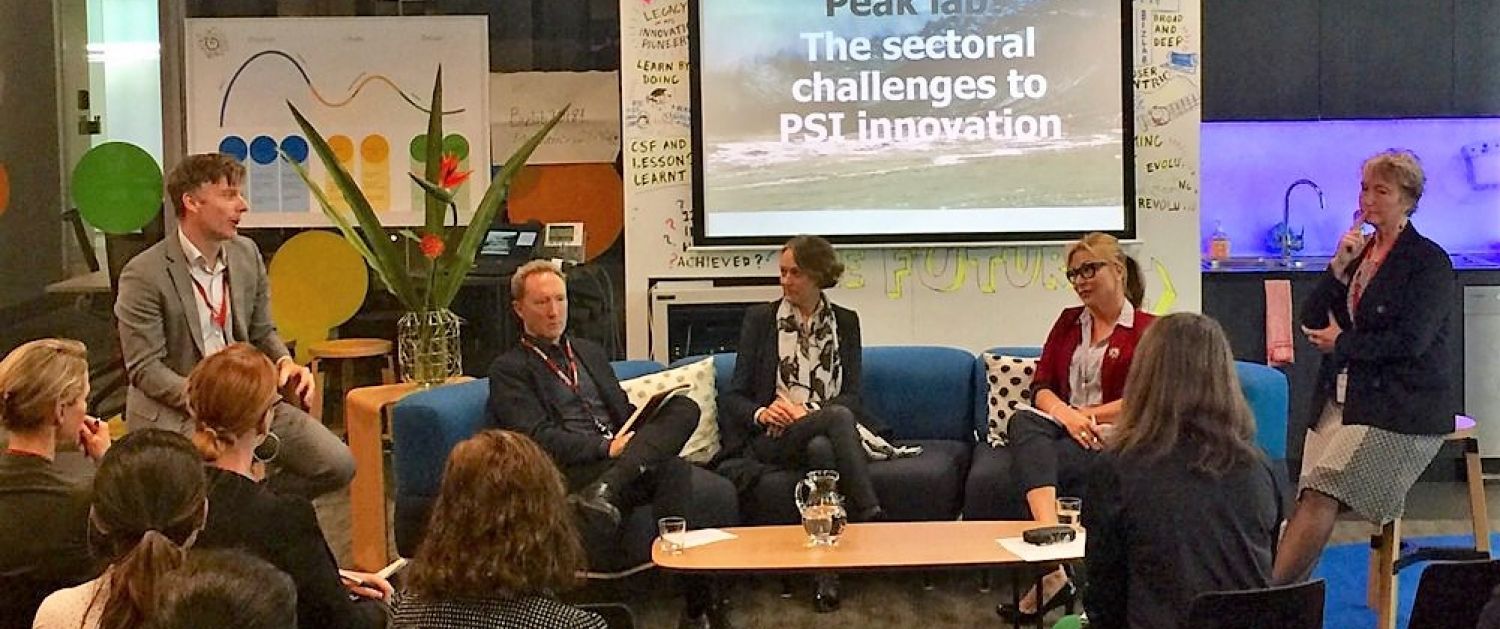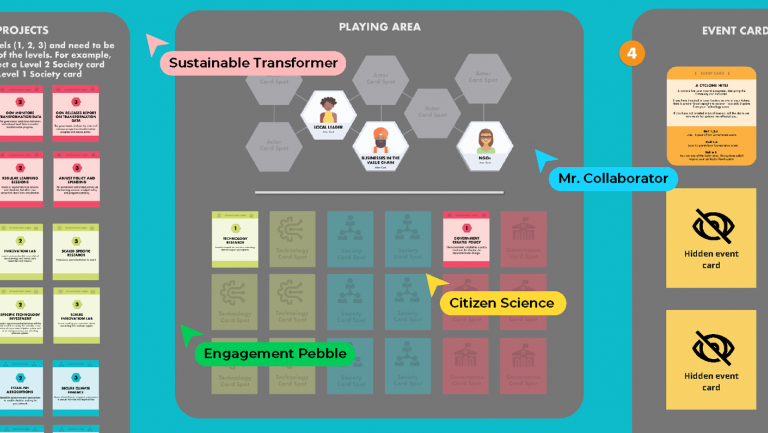Sign up for our monthly newsletter

Never stop moving: Why public sector innovation labs matter...
Innovation.
Everybody says they are doing it (or at least would like to be). But – especially in a government context – what does it really mean?
In recent years a slew of public sector innovation labs has been founded across Australia and New Zealand (as well as many other parts of the world).
According to a report issued by Melbourne University’s The Policy Lab earlier this year there are more than 50 public policy innovation labs across Australia and New Zealand with around half of them being situated inside govenrment organisations and a similar number existing in the private sector and academia. The majority are less than two years old and most employ fewer than five people.
ThinkPlace Founding Partner John Body recently appeared on a panel to discuss the report, alongside Chief Innovation Officer of the Department of Foreign Affairs and Trade, Dr Sarah Pearson and Janna McCann who leads Bizlab, the innovation lab of the Department of Industry, Innovation and Science.
Among an audience of public sector leaders with an interest in innovation there were many common questions and concerns.
How should individual departments or agencies set themselves up to innovate?
Is the current enthusiasm for labs and innovation spaces a fad? Or something sustainable?
And what does it truly mean to be an innovator?
Body offered up a definition crafted by ThinkPlace leaders in association with top thinkers at Harvard and Stanford Universities (ThinkPlace runs an annual innovation summit alongside those institutions).
“Innovation is change that outperforms the norm.”

What does that mean?
Imagine yourself in relation to an airport travelator, the slick rubber handrail moving steadily towards an indoor horizon. Ridged metal treads unfolding mechanically as the tide of passengers moves forward while also standing still.
This is the world we live in. It isn’t stationary.
If you aren’t innovating, as a company or as a government agency, you are standing still while the travelator (or the world) moves steadily and relentlessly past you.
If you are walking alongside, but not as fast as the travelator, the same result eventuates: you’ll find yourself behind the leading edge.
And if you want to finish in front you need to be moving faster than the norm. That means not just incremental change but big-step transformation. Change that outperforms the norm.
How do you do it?
Many of the questions directed to the panel were posed from an organisation-centric point of view, Body says.
“People wanted to know: How should our department handle innovation?” he adds.
“That’s not the most effective mindset it turns out. We know from experience that nothing unlocks innovation quite like collaboration. It’s all about partnerships. To achieve change at scale you need to collaborate beyond the department, beyond the Federal Government, beyond state governments.”
This means innovating meaningfully can sometimes be hard work. It can require practices like co-design – engaging authentically with people who will be impacted by change to design that change together. It may take longer and require more energy.
Body recalled an African proverb he had seen written on a wall at the headquarters of the Bill and Melinda Gates Foundation in Seattle.
“If you want to go fast, go alone,” it reads.
“If you want to go far, go together.”
What would we know?
ThinkPlace has a strong track record in helping government organisations innovate within lab-style environments. We call this service “Innovation Amplified”. This trademarked service allows any interested organisation to supercharge its innovation capability via our unique, tested methods.
Our collaboration with the Australian Renewable Energy Agency - A-Lab – has been hugely successful at unlocking new ideas, commercial possibilities and breakthrough collaborations in the renewable energy space.
Another example is On-Prime – an innovation accelerator program created for the CSIRO that teaches scientists and technical innovators how to turn their discoveries into products and services the world will want.
So is this all a fad?
Three years ago there were relatively few innovation labs. Now there are many more. So do you need one? Should you create one? Entirely in-house or through a design partner like ThinkPlace?
Like any intervention, a lab designed to foster innovation can be executed well or… not so well. The principles mentioned earlier: collaboration and openness, co-design and a restlessness to move ahead are all important. But the motivation for wanting to innovate is most important of all.
“If you position innovation labs as a fad you are missing a crucial point,” Body says.
“The spirit of innovation is about the why. It’s about how to improve societies and cultures, economies, environments and institutions.
“When it comes to tackling family violence, or renewable energy or health outcomes for a group of citizens, we are searching for better solutions that lead to better outcomes than we currently have.
“If you think of it that way, who can afford not to innovate? Our innovation methods have been proven to work. They are based on using the best mix of methods but -- just as importantly – involving the right mix of people in the process.”






